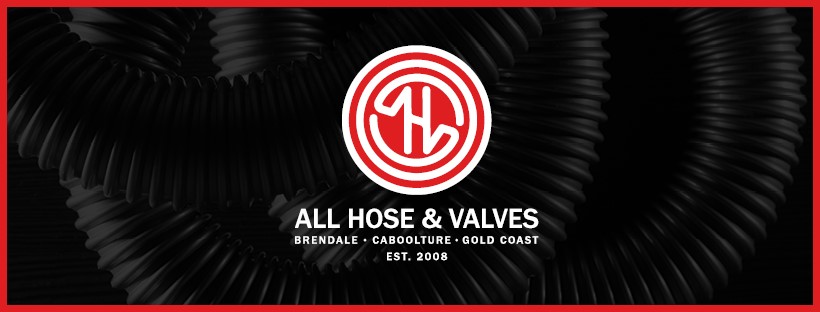Hydraulic Hoses: Types and Application

There are numerous standards for hydraulic hose production and use. Standards oversee industry connection parameters and hose material and regulate installation activities. A hydraulic hose is a tube that transports hydraulic fluid to or from hydraulic components such as valves, actuators, and tools. Hydraulic hose is frequently strengthened and made with multiple layers to withstand high pressure while remaining flexible. There are a lot of great hoses and fittings supplies in Arundel to choose from. Continue reading to learn more about the hydraulic hose.

Hydraulic Hose Construction
Three layers are used in the basic hydraulic hose construction. These layers ensure a regular and reliable flow of liquid while shielding the overall assembly from wear and abrasion.
The inner tube
The inner tube is compatible with the liquid it transports, allowing free-flowing flexibility and pressure-resistant stress bearing. This tube is frequently constructed from PDFE (PTFE), thermoplastics, or synthetic rubbers.
Layer of reinforcement
This layer surrounds the inner tube and is made of coiled or braided wire. This arrangement supports the tube while preventing tears.
The outer layer
This layer is constructed of stiff materials intended to protect the hose’s internals.
Hydraulic Hose Compatibility
A hydraulic hose can transport three different types of liquid. These are some examples:
● crude petroleum
● Oil synthesised
● A high-water-content liquid
Most hydraulic hoses can transport petroleum oil and high-water-content liquids, but synthetic oils require unique hose materials. In most cases, compatibility ratings are available from the manufacturer or resource literature.
Types of Hydraulic Hose
The following hydraulic hose construction types are available:
Reinforced
While this hosing is similar to the conventional three-layer construction, it contains additional buffers in the reinforcing layer, most commonly in the form of a textile braid, wire braid, or wire helix material wrapped around the inner tube.
Coiled
Coiled hoses are semi-rigid. They are for story extension and simplicity. The coiling allows the hose to stretch without putting undue pressure on the materials.
Corrugated
Corrugation is another means of enhancing a hose’s expansion and flexibility. This appears as microscopic threads or folds in a hose’s material, similar to an accordion, allowing the hose to expand and compress without hurting the housing.
Articulated
Articulated hoses are segmented hoses with stiff shafts connected by flexible joints. Hoses with articulation can turn corners and swivel around other components.
Multi-Element
Hoses with various elements above are referred to as “multi-element hoses.”
Hydraulic Hose Application
A fundamental rule for hydraulic hose installation is to adapt the hose to the shape of the machine. A hose should adhere to machine geometry to the greatest extent possible. Because of the tool’s larger movement radius, a hose hanging off it can snag or puncture. An operator does not have to consider additional impediments when using the equipment because the hose is matched to the tool or machinery.
Hydraulic hoses are an essential component of every hydraulic system, and when they fail, the entire system might come to a halt. As a result, it is critical to constantly purchase only the highest-quality hydraulic hoses for construction. Visit All Hose & Valves today to learn more about hydraulics hoses and get the best quality hoses supplier in Arundel!
Source From: https://allhoseandvalves.wordpress.com/2022/08/02/hydraulic-hoses-types-and-application/